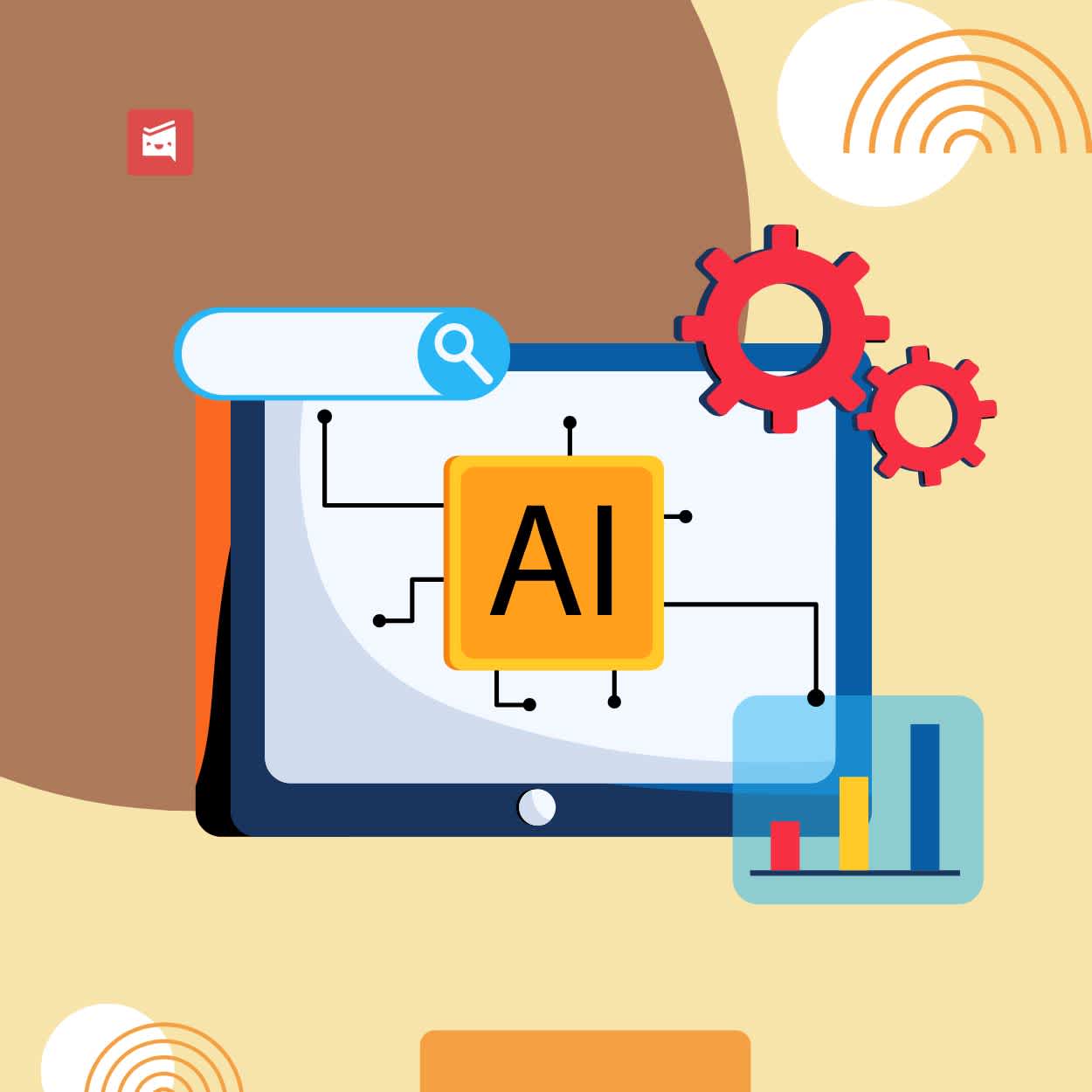The Role of AI Creativity Tools in Modern Task Management
ByJulian Gette
Workast publisher

Workast publisher
The world of creative work has never moved faster. Designers, marketers, and content creators today juggle multiple deadlines, endless revisions, and a constant demand for originality. Yet, while creativity thrives on inspiration, productivity depends on structure — and balancing both is one of the modern worker’s biggest challenges.
Enter AI creativity tools. These intelligent assistants are reshaping how creative professionals manage their workflows, reduce repetitive tasks, and focus on what truly matters: producing meaningful, high-quality work. From AI writing assistants and design generators to AI music mastering platforms, these tools are transforming “creative chaos” into organized brilliance.
A recent Adobe Creative Trends Report (2024) revealed that over 68% of creative professionals now use at least one AI tool in their daily work — a number expected to reach 85% by 2026. This shift shows that AI isn’t replacing creativity; it’s redefining how we manage and enhance it.
AI has quietly integrated into nearly every stage of the creative process. For content teams, automation tools handle scheduling, editing, and even social media distribution. For designers, platforms like Canva and Figma’s AI plugins now generate layouts, suggest palettes, and even predict visual balance. For musicians and podcasters, AI tools streamline sound design, AI mastering, and audio optimization.
The connection between AI and task management has grown particularly strong. Teams that once relied on endless checklists now employ AI-driven platforms that can predict workload distribution, auto-assign subtasks, and even measure creative productivity through smart analytics.
According to McKinsey’s “Future of Work” Report (2025), companies adopting AI-powered creative tools reported a 30–40% reduction in time spent on repetitive tasks and a 25% increase in overall output quality. That’s not just automation — that’s creative acceleration.
Despite the promise of AI, managing creative projects remains a uniquely human challenge. Unlike data entry or logistics, creative work is fluid, subjective, and deeply personal.
Common pain points include:
Creative burnout: The constant need to produce fresh ideas under tight deadlines.
Workflow fragmentation: Switching between multiple apps and platforms to complete a single project.
Feedback overload: Too many revisions, unclear direction, and decision fatigue.
Resource hunting: Hours spent searching for background music, visuals, or copy inspiration.
Many creative teams spend nearly 20% of their time just on “micro-tasks” — repetitive steps like reformatting assets, sourcing materials, or rendering drafts (Asana Workload Report, 2024). These aren’t creative moments; they’re time sinks.
That’s exactly where AI tools step in — to eliminate the busywork and make more room for creative flow.
The magic of AI in modern task management lies in how it turns creative inspiration into structured execution. Let’s explore some practical examples of how AI creativity tools are making creative work faster, smoother, and more enjoyable.
Tools like Jasper and Notion AI help writers brainstorm ideas, draft outlines, and even edit blog posts in half the time. Instead of starting from a blank page, creators begin with AI-assisted prompts, saving hours of cognitive energy.
A content agency that integrated AI writing support into its workflow saw a 32% increase in publishing frequency without increasing headcount (ContentStudio 2025 Study).
Design teams now leverage tools like Adobe Firefly or Midjourney to generate concept art, mockups, or brand visuals. These AI systems understand context, color theory, and user intent, helping designers move from concept to deliverable much faster.
What used to take a week of brainstorming can now be prototyped in a single afternoon — freeing up time for strategy and refinement.
One of the most underrated aspects of creative work is sound — especially in marketing, video production, and content design. Music shapes mood, emotion, and engagement, but finding or producing the right track can be time-consuming.
That’s where AI Music Generator comes in.
Modern tools now enable creators to instantly compose, mix, and master original soundtracks tailored to their projects. Instead of browsing endless stock music libraries, they can generate unique, royalty-free tracks that perfectly match their content tone.
A standout example is MusicCreator AI, a next-generation platform that combines AI mastering with intelligent composition capabilities. Creative professionals — from YouTubers to small agencies — use it to quickly produce polished background tracks, social media jingles, or cinematic scores. By simply inputting desired mood or style, users get studio-quality results in minutes.
For content creators, designers, and marketers, this means one thing: less time searching, more time creating.
MusicCreator AI’s workflow efficiency is significant — users report a 40% reduction in time spent sourcing and editing sound assets, translating directly into faster content delivery and higher creative consistency.
Beyond content creation, AI project management tools like ClickUp, Asana Intelligence, and Motion AI are automating daily task flow. These platforms can now:
Predict bottlenecks before they occur.
Automatically allocate resources based on team capacity.
Suggest task priorities using data-driven insights.
When combined with creative AI tools, teams gain not only efficiency but momentum — that rare state where ideas move seamlessly from concept to completion.
While AI tools offer remarkable benefits, using them effectively requires balance and awareness. Over-automation can risk losing the “human touch” that defines great creative work. Here are some key considerations:
Authenticity matters: AI can assist, but it shouldn’t replace genuine creative judgment. Always infuse personal style and emotion into AI-generated content.
Ethical use and copyright: Especially in music and design, creators should ensure AI outputs are licensed appropriately for commercial use.
Data privacy: Choose tools that comply with data protection standards, especially when handling client or brand materials.
Skill development: AI should be a collaborator, not a crutch. Learning to use these tools strategically enhances long-term creative strength.
As Harvard Business Review (2025) notes, “the most successful creative professionals are those who learn to co-create with AI, not compete against it.”
The next phase of AI’s evolution in creative industries is all about personalization and integration. Soon, AI systems won’t just assist with tasks — they’ll anticipate them.
Here’s what’s on the horizon:
Adaptive AI workflows: Tools that automatically adjust task timelines and creative priorities based on project complexity or emotional tone.
Cross-modal creativity: Seamless collaboration between text, image, and audio AI tools — for example, creating a brand video where visuals, script, and soundtrack are generated in sync.
Enhanced AI mastering and sound adaptation: Music tools like MusicCreator AI will continue evolving, allowing creators to fine-tune music dynamically to match mood changes or narrative transitions in real time.
Collaborative AI ecosystems: Integrated platforms will merge project management, design, writing, and music creation into one intelligent creative dashboard.
These developments point to a future where AI not only helps manage tasks but also amplifies human creativity — making work more expressive, efficient, and fulfilling.
In an era defined by speed and innovation, creative professionals can no longer afford to waste hours on administrative work or repetitive production tasks. AI creativity tools have emerged as the bridge between artistic vision and practical execution.
Whether it’s automating design iterations, optimizing content workflows, or generating perfectly tuned background music through AI mastering, these tools empower creatives to reclaim their most valuable asset — time.
These platforms represent this transformation beautifully: fast, intuitive, and designed to help creators bring ideas to life without friction.
Ultimately, the role of AI in modern task management isn’t about replacing human creativity — it’s about freeing it. And in that sense, the future of creative work looks not just more efficient, but infinitely more inspired.
